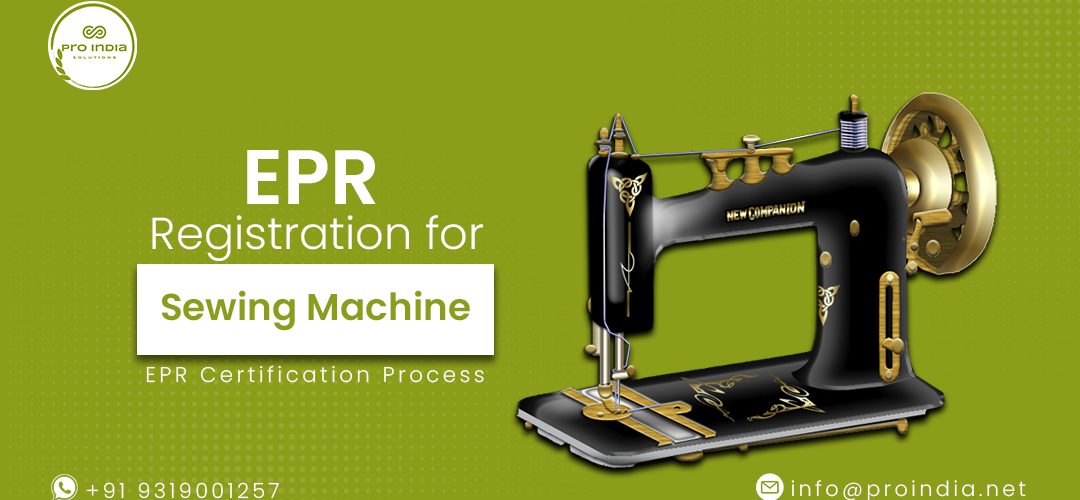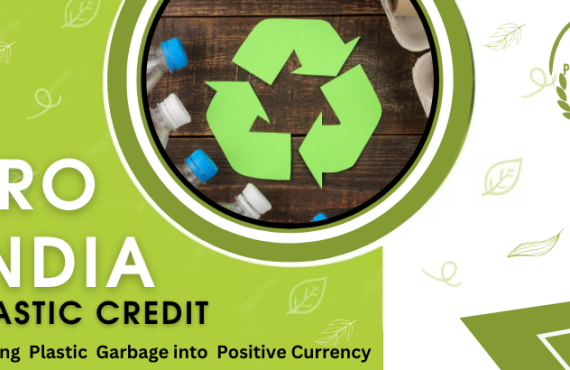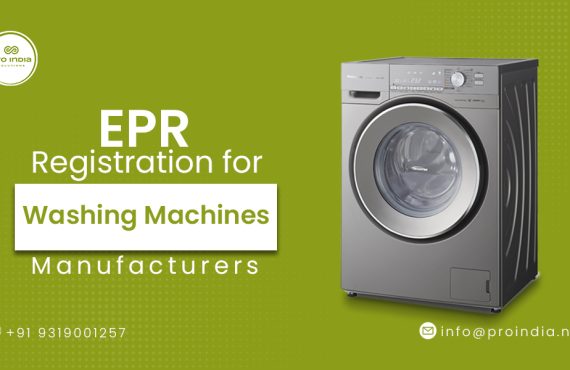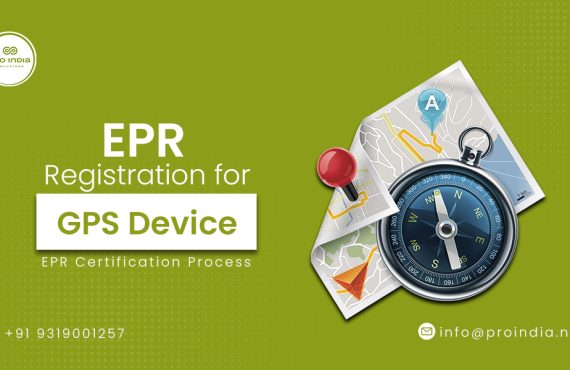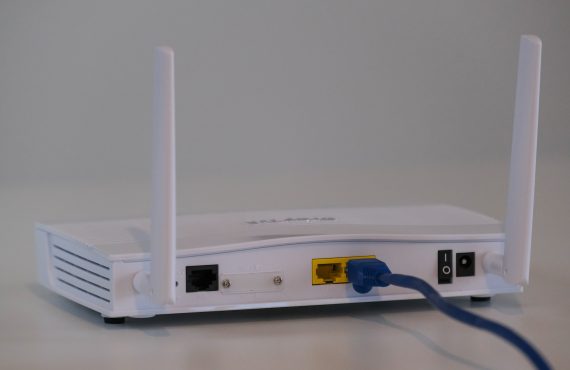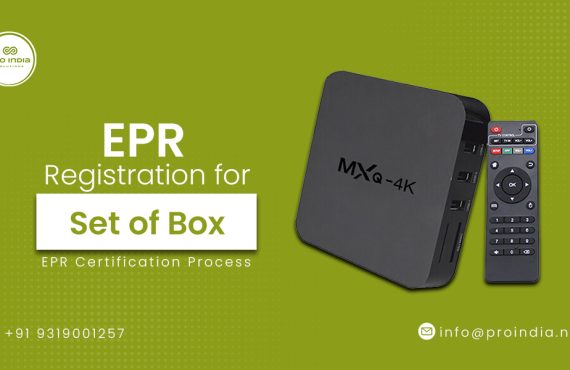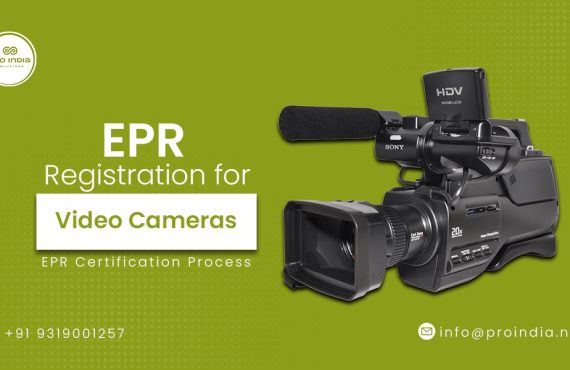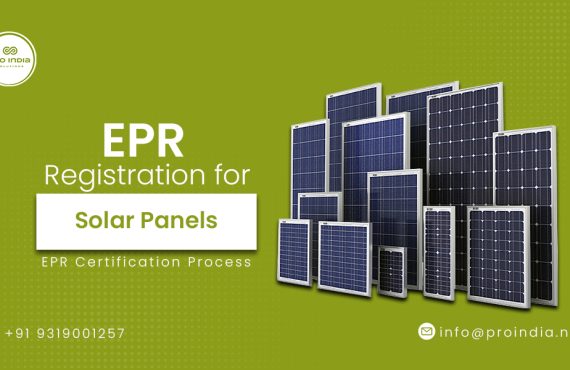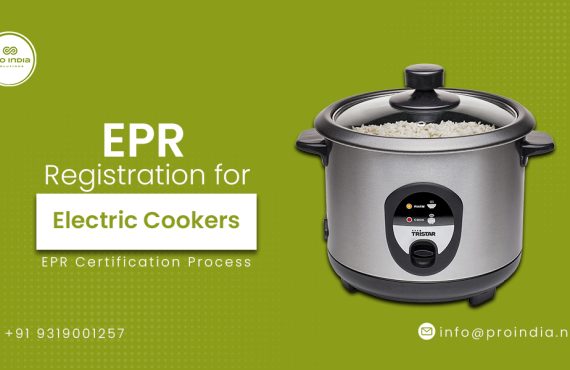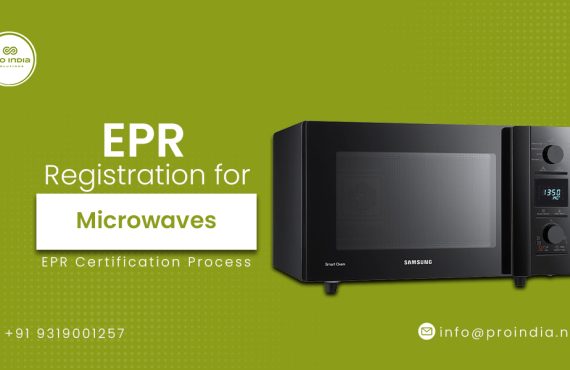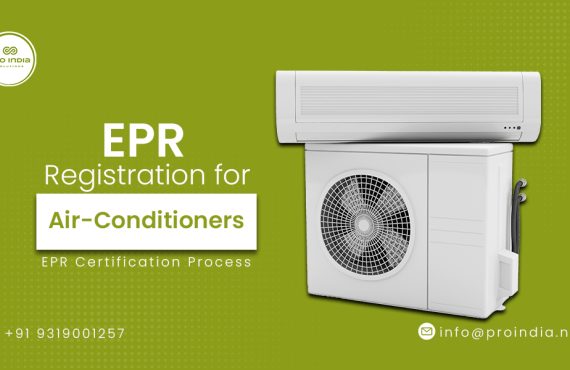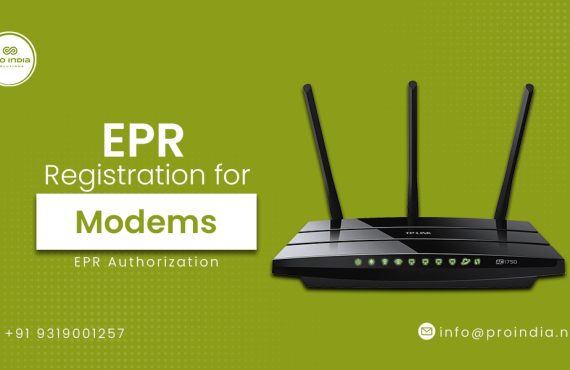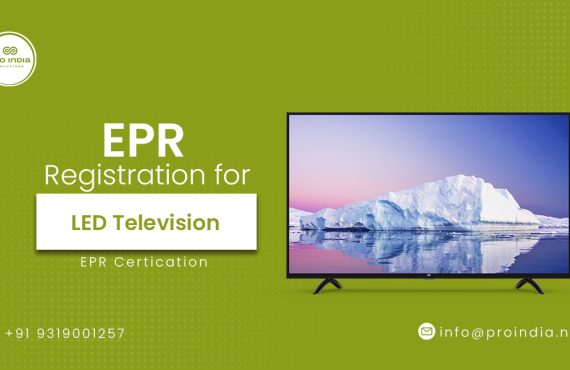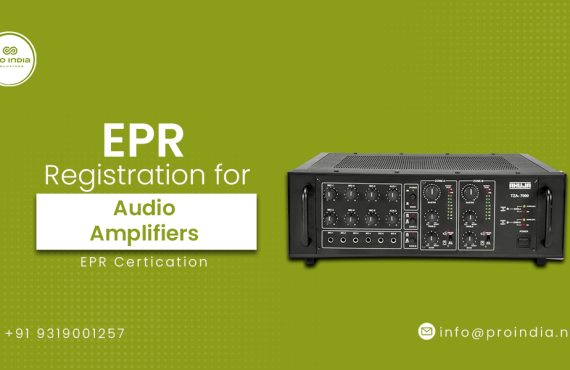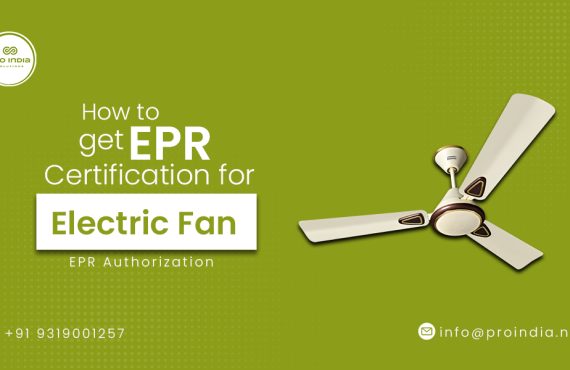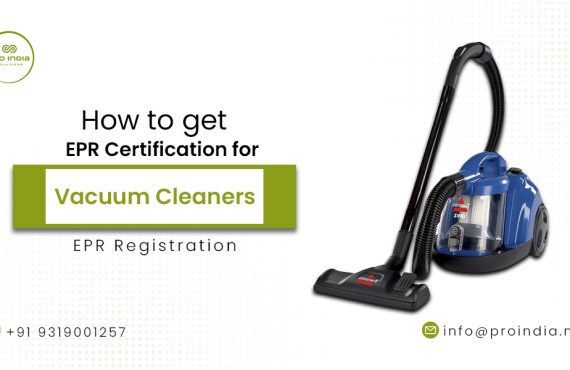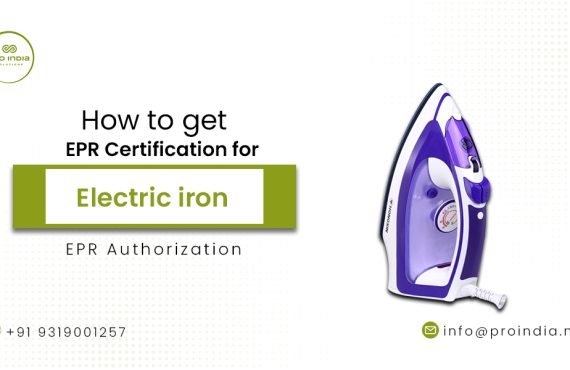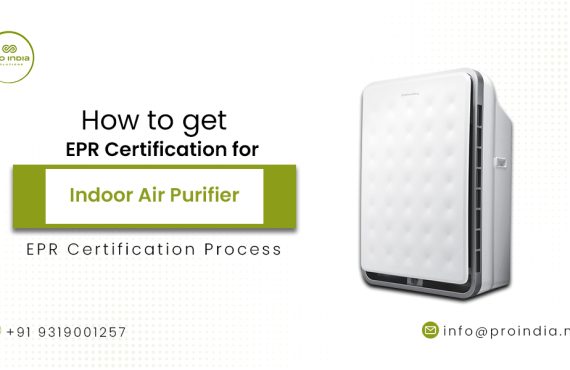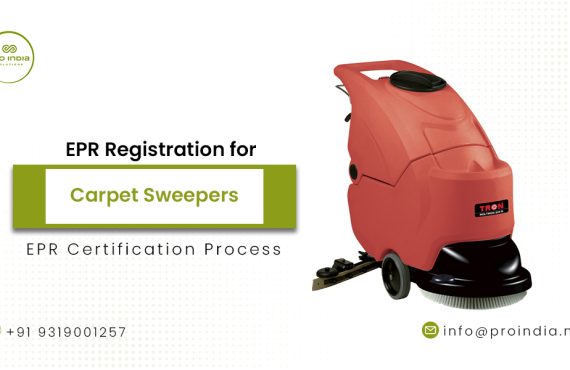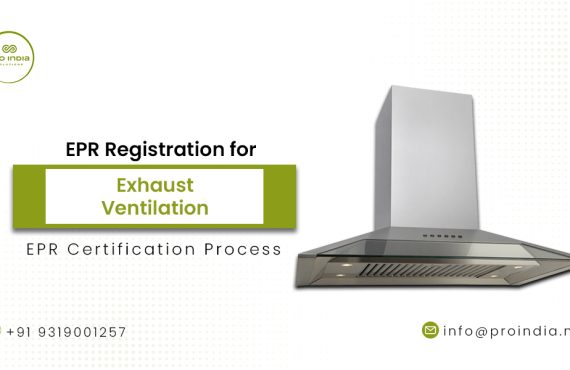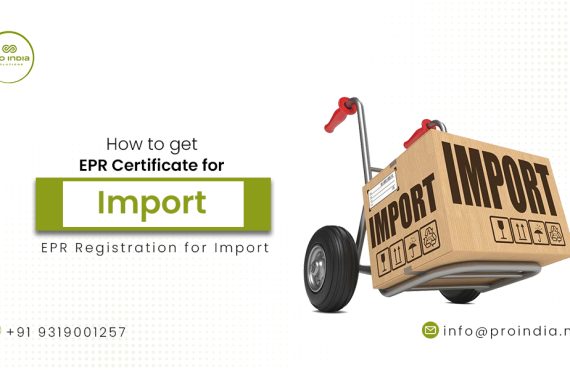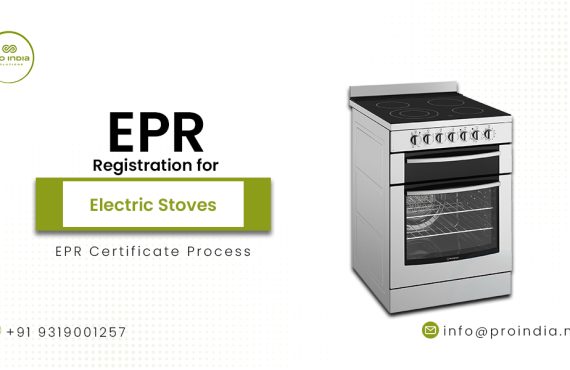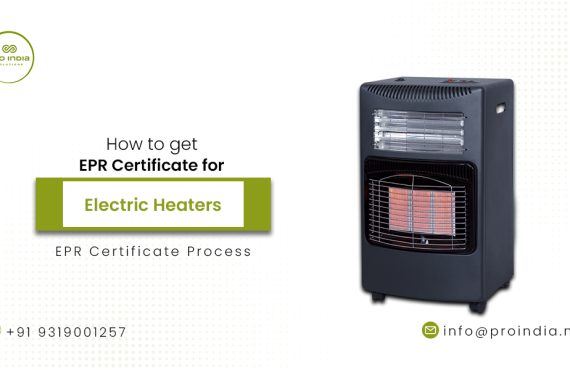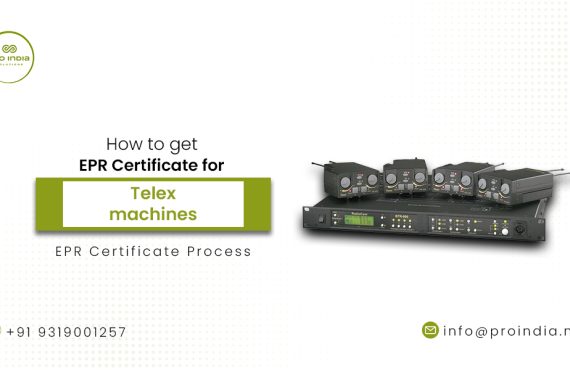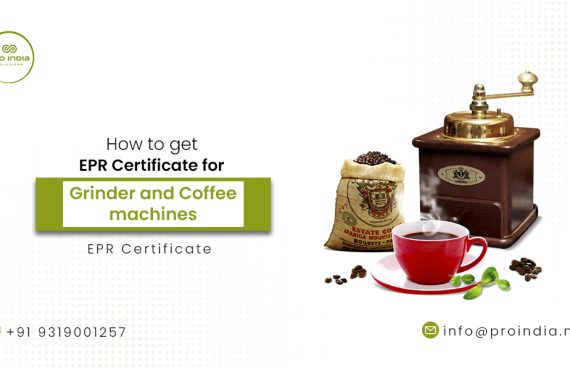Welcome to our comprehensive guide on EPR (Extended Producer Responsibility) registration for sewing machines. As the importance of sustainable practices grows, it is crucial to ensure responsible disposal and recycling of electronic appliances like sewing machines. In this blog, we will provide you with a step-by-step process for EPR registration, allowing you to meet your environmental obligations and contribute to a greener future.
1. Understand EPR and its Significance:
– Gain a clear understanding of Extended Producer Responsibility (EPR) and its role in electronic waste management.
– Recognize the importance of EPR in shifting responsibility onto manufacturers and importers for proper end-of-life disposal of their products, including sewing machines.
– Understand the environmental impact of sewing machines and the need for responsible waste management practices.
2. Research EPR Regulations and Requirements:
– Conduct thorough research to understand the specific EPR regulations and requirements related to sewing machines in your region or country.
– Familiarize yourself with obligations such as collection targets, recycling standards, reporting, and registration procedures.
– Stay updated on any changes or updates in the regulatory framework.
3. Identify the Appropriate EPR Authority:
– Identify the relevant EPR authority responsible for overseeing the registration process for sewing machines in your jurisdiction.
– Visit their website or contact them directly to obtain detailed information and guidance on the registration process.
– Understand their role in enforcing EPR regulations and their expectations for compliance.
4. Gather Required Documentation and Information:
– Gather all the necessary documentation and information required for the registration process.
– Collect details about the sewing machine’s manufacturer, model, production volume, and any other relevant data.
– Prepare supporting documents, such as safety compliance certificates, product specifications, and test reports.
5. Complete the Registration Form:
– Carefully review the registration form provided by the EPR authority and ensure that you understand all the required fields.
– Fill out the form accurately, providing all the necessary information as per their instructions.
– Attach the supporting documents in the specified format and ensure they are complete and up-to-date.
6. Submit the Registration Form:
– Submit the completed registration form and supporting documents to the designated EPR authority within the specified timeframe.
– Follow the prescribed submission method, which may include online portals, email, or physical mail.
– Keep a copy of the submitted documents for your records.
7. Compliance and Reporting:
– Familiarize yourself with the ongoing compliance and reporting obligations associated with EPR for sewing machines.
– Understand the requirements for reporting production volumes, recycling rates, and other relevant metrics.
– Stay informed about any updates or changes in the regulatory requirements and ensure ongoing compliance throughout the product’s lifecycle.
Conclusion:
EPR registration for sewing machines is a crucial step in responsible waste management and environmental sustainability. By understanding EPR, researching regulations, identifying the appropriate authority, gathering documentation, completing the registration form accurately, and complying with reporting obligations, you can successfully register your sewing machines for EPR. Together, we can contribute to a greener future by taking responsibility for our products and ensuring their proper end-of-life treatment.
If you need further assistance or guidance in EPR registration for sewing machines, reach out to the relevant EPR authority or seek professional advice. They will provide you with the necessary support to navigate the registration process and fulfill your environmental obligations effectively.
contact our experts now to meet your compliance requirements.


